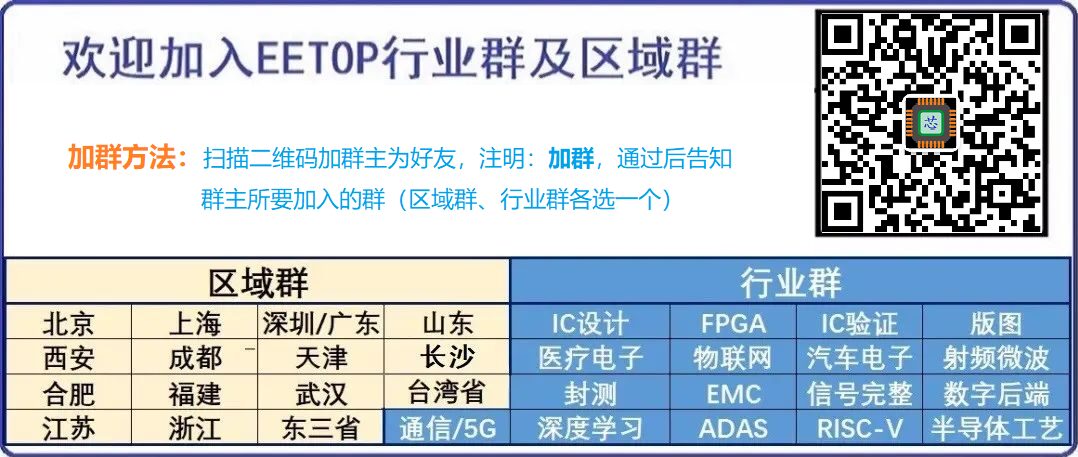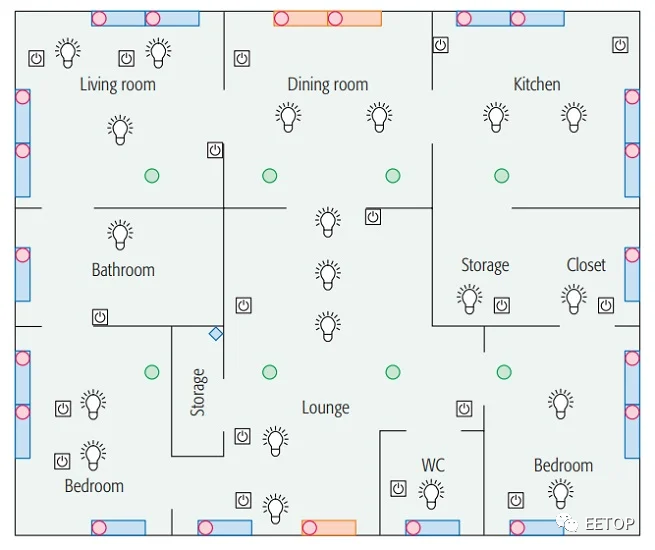
Smartphones are ubiquitous, but today, Internet of Things (IoT) devices may be more common than smartphones, and many of these devices operate using Bluetooth Low Energy ( BLE ) technology. Whether you are an engineer specializing in IoT, exploring IoT product development opportunities, or simply interested in how IoT works, understanding BLE can be immensely beneficial. In this article, we will familiarize ourselves with various data transmission methods in BLE and deepen our understanding of its performance levels.
Unconnected Data Transmission
Unconnected data transmission, also known as broadcasting, refers to data transmission aimed at a wide audience rather than a specific receiver or group of receivers, similar to a public broadcast that anyone nearby can hear, rather than a private conversation. These types of transmissions are characterized by their ability to reach multiple receivers simultaneously, often referred to as multicast transmission.
BLE provides two main mechanisms for unconnected data transmission:
-
Legacy advertising
-
Can broadcast a maximum of 31 bytes of data at a time.
-
By adding a 31-byte scan response packet, the data capacity can be slightly increased.
-
As the name suggests, Legacy advertising is the older of the two modes.
-
Extended advertising
-
Increases the broadcast data limit from 31 bytes to 254 bytes.
-
For larger data requirements, it supports advertising chains that can handle up to 1650 bytes of data. This extended capacity allows for broadcasting richer information, thereby benefiting applications such as beacon deployment and enhanced location-based services.
Advantages of Unconnected Data Transmission
Unconnected data transmission modes have the following advantages:
-
Multicast Transmission This enables one-to-many communication, where a single device can broadcast information to multiple receivers simultaneously. It is particularly useful in applications that require updating various devices at the same time, such as beacons in retail advertising.
-
Efficiency Unconnected modes are generally more efficient in terms of speed and resource utilization, as there is no need to establish and maintain separate connections. Since there is no handshake or connection maintenance involved, data can be sent faster using fewer resources, resulting in smoother operations and potentially lower power consumption.
Limitations of Unconnected Data Transmission
Now that we understand the advantages of broadcasting, it’s time to examine its drawbacks and how to mitigate them:
Security Issues
Disadvantage:Unconnected transmissions traditionally lack link layer encryption. Advertising data is sent in plaintext, which can be read by anyone with access.
Mitigation: Bluetooth LE 5.4 introduced encrypted advertising, enhancing security and allowing secure broadcasts using specific profiles like BLE audio.
Lack of Transmission Control
Disadvantage:In unconnected data transmission, the broadcaster and observer devices do not negotiate transmission parameters, such as channel, timing, or sequence. The broadcaster repeatedly transmits on the main channel, requiring observer devices to continuously scan these channels (37, 38, 39). This process, especially with legacy advertising, can quickly deplete the battery of the scanner.
Mitigation:This issue is less severe with extended advertising.
Power Consumption and Design Considerations
Disadvantage:The broadcast and scan intervals (i.e., the periods during which devices sleep before advertising or scanning again) can significantly impact power consumption. Care must be taken when setting these values.
Mitigation:Designers typically adopt an asymmetric approach: battery-constrained devices broadcast less frequently, while devices with larger battery capacities scan more frequently. This design choice ensures user convenience without excessively draining battery resources.
Channel Congestion
Disadvantage:In traditional broadcasting, data is sent directly on the primary broadcast channel. Congestion may occur if each broadcast event sends a maximum of 3 broadcast packets, especially for longer packets. This is problematic in dense IoT environments.
Mitigation:Extended advertising alleviates this issue by transmitting headers only on the primary channel and sending the actual data on one of the 37 auxiliary channels.
Connected Data Transmission
In unconnected communication, devices send messages into the open, hoping they will be received by the intended recipients. Connected data transmission represents a more structured communication method for BLE devices. Figure 1 visually illustrates this process.
 Figure 1. Connected data transmission process. Image provided by Nthatisi Hlapisi
Figure 1. Connected data transmission process. Image provided by Nthatisi Hlapisi
In connected mode, data transmission is divided into four steps:
1. Device Discovery. Peripheral devices initiate this process by periodically broadcasting connectable advertising packets. These packets carry key information such as device name, services offered, and the Bluetooth types supported by the peripheral device’s radio. This information helps the central device quickly identify and evaluate peripheral devices during scanning.
2. Establishing Connection. When the Central discovers the Peripheral it wants to connect to, it sends a connection request. This request includes connection parameters such as connection interval (the time between data transmission events), slave latency (the number of connection events the peripheral can skip), and supervision timeout (the time after which the connection is dropped if there is no communication). The peripheral can then accept or reject the request. If accepted, a connection is established using the negotiated parameters.
3. Data Transmission. Once connected, devices can send data over the established link. Unlike the random channel usage in unconnected mode, connected mode uses designated channels to increase reliability and efficiency.
4. Acknowledgment and Control. During data transmission, each packet is acknowledged by the receiver. If a packet fails to reach its destination, the sender knows to resend it. Additionally, control messages can be exchanged between devices to manage connection parameters, ensuring the link remains stable and effective.
All connection parameters for packets transmitted in this mode are shown in Figure 2.

Figure 2. Transmission and acknowledgment of packets in connected data transmission mode. Image provided by MDPI
Advantages of Connected Mode
-
Reliability Every piece of data sent is acknowledged. If a packet fails to be delivered, it is resent to ensure complete data transfer from one device to another.
-
High Bandwidth Dedicated data channels increase available bandwidth, thereby improving data throughput.
-
Enhanced SecurityThis mode supports link layer encryption, ensuring data confidentiality during transmission.
-
Segmentation and ReassemblyDuring transmission, data is segmented (or “chunked”) into smaller pieces for transfer. Upon receipt, these pieces are reconnected (or “reassembled”). This ensures efficient transfer even for large application data.
Limitations of Connected Mode
-
Overhead Connected mode involves a series of handshakes and acknowledgments. This can introduce overhead, reducing the efficiency of very small data transfers.
-
Higher Power ConsumptionContinuous acknowledgment systems and connection maintenance can lead to increased power consumption.
-
Scalability IssuesManaging multiple simultaneous connections can become challenging, especially in densely connected environments.
Performance Insights from Home Automation Projects
The release of Bluetooth 5 brought new features for IoT engineers, including the extended advertising mode discussed above. But is the latest always the best?
A research team led by Piergiuseppe Di Marco tested the new and old BLE data transmission modes to see which features performed best in various scenarios.

Figure 3. Simulating BLE smart home. Image provided by IEEE
Simulated Scenario
The researchers simulated a typical single-family smart home, measuring 12 m x 10 m, equipped with 77 IoT devices, including window sensors, light switches, and light bulbs. At the core of this setup is a gateway device that remains active to manage data flow. Meanwhile, battery-powered sensors mostly remain in sleep mode, activating only when transmitting or receiving data.
The study also considered real-world issues, such as varying signal reception: in the simulation, each wall reduced signal strength by 6 dB, and signal attenuation was 0.5 dB per meter.
Performance Metrics
The research team evaluated each data transmission mode using the following metrics:
-
Service Rate: The success rate or reliability of data transmission over a given time frame. This metric tells you the percentage of data successfully delivered to the intended destination. It complements the traffic loss rate, which tells you the percentage lost along the way.
-
Packet Delay: Also known as latency, it measures the time taken for data to be transmitted from the source device to the target device. Minimizing delay is crucial for applications requiring real-time or near-real-time data transmission to ensure a smooth user experience.
-
Battery Life: The duration a device can operate on a single battery charge while using a specific data transmission mode. For IoT devices, many of which are battery-powered and deployed in remote or hard-to-reach areas, maximizing battery life is essential. Longer battery life means less frequent maintenance and more reliable long-term operation.
Summary of Results
-
Service Rate: Extended advertising performs well with longer payloads but poorly with shorter ones. Traditional broadcasting (the old method) remains the best choice for short bursts of data. Connected mode performs better than extended advertising with small packets but struggles with high traffic.
-
Packet Delay: Here, traditional broadcasting is the star: it has the shortest delay, especially for short packets. Overall, extended advertising performs poorly. Connected mode is the slowest of all modes, struggling with retransmissions and timeouts.
-
Battery Life: If you want the battery to last and outperform others in all situations, extended advertising proves to be the best choice. Traditional broadcasting works well but is limited to short packets, while connected mode is the least efficient.
Which Mode is Best?
Ultimately, choosing a data transmission mode is about using the right tool for the job. Connected mode is reliable, and extended advertising offers excellent battery life and adaptability for longer payloads, but as mentioned above, traditional broadcasting still outperforms newer alternatives in certain cases. Each mode has its own advantages and disadvantages, and IoT engineers should make decisions based on each project.
This article was compiled by EETOP from: allaboutcircuits
October 17 | Xi’an Junyue Hotel
